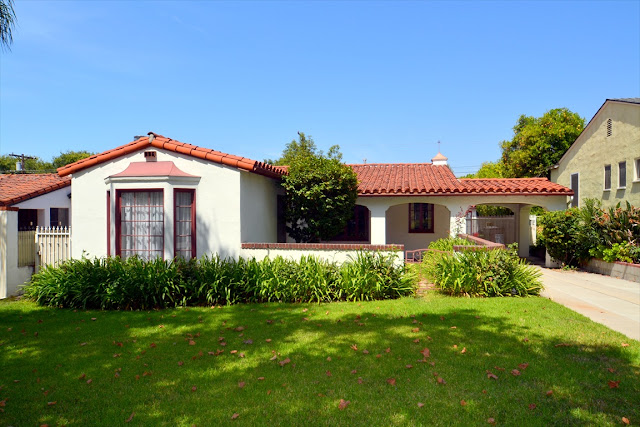Investigating The Sacreo In Architecture (Page 4)
The act of architecture:
Earliest known places of worship preceed by far the earliest fort or palace with mighty Kings leaving us a remarkable legacy in temple architecture but no comparable physical evidence of secular buildings. Thus, in ancient even medieval history, architecture seems closely associated with the sacred. In that era, where the biggest and the best was reserved for the gods, pre valent social mores sustained a behavioural form that sanctioned or even suffered the granting of huge sums of money and riches in the form of land, cattle, precious metals, etc towards the building of an edifice that came to be much more than just a place of worship.
From the many translations and interpretations of texts, explanation of rituals and not least archaeological evidence, it is a widely acknowledged fact that in the period that saw temple building as the single most important architectural activity in India, architecture was indeed synonymous with the sacred.
Thus, in tradition not only was architecture sacred, so was its creation and most sacred of all was the reason of its creation - the personified powers of existence that were worshipped within.
The design, siting and building of the temple was according to rules and regulations minutely prescribed in the texts. Every stage of construction was sanctified; the gods appeased and their benevolence sought for the successful completion of project as well as material prosperity for the patron and by extension the community.
Thus architecture in tradition was sacred and that there was little if nothing that could be defined as essentially or wholly secular."
On the other hand, there is little that can be defined as sacred in contemporary architecture.
ls architecture not sacred any more?
If Coomaraswamy could write with such conviction about traditional architecture as an artistic activity being essentially non-secular, he could have shown with equal certainty how thoroughly non-sacred the act of architecture is today. As a matter of fact, that Was exactly the essence of coomaraswamy's grievance. Lamenting the loss of myth and mystery in modern architecture he said, "... Nothing has been gained, but very much lost, both spiritually and practically, by our modern ignorance of the meanings of superstitions, which are in fact "stand-overs" that are only meaning less to us because we have forgotten what they mean."
(Continues…)




Comments
Post a Comment